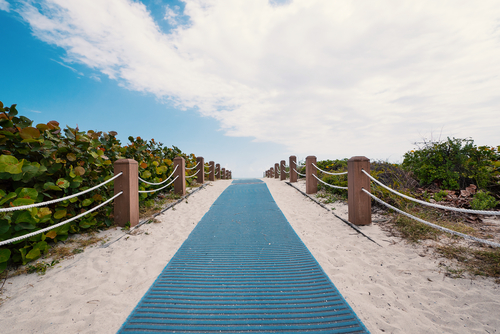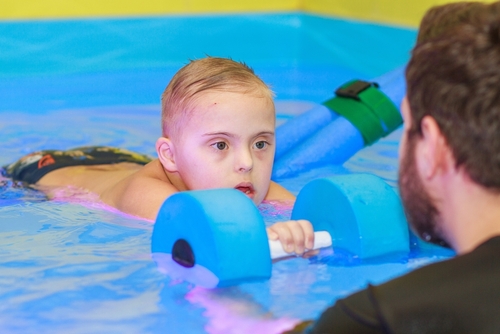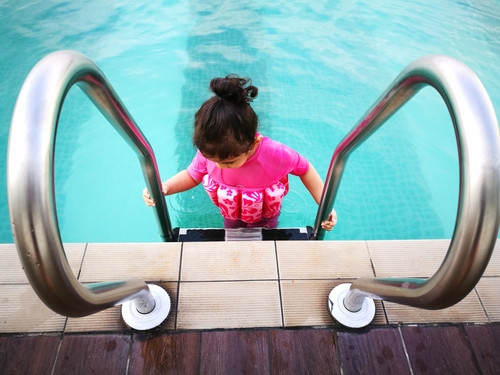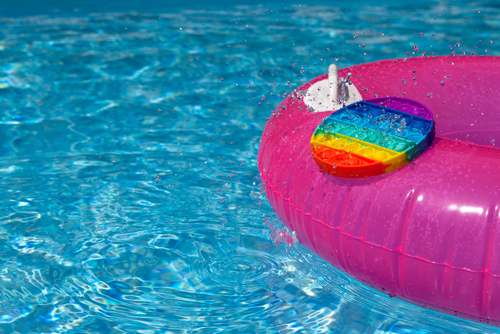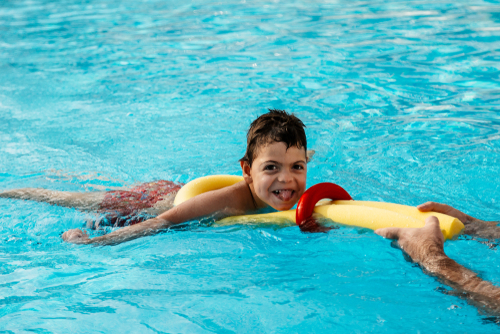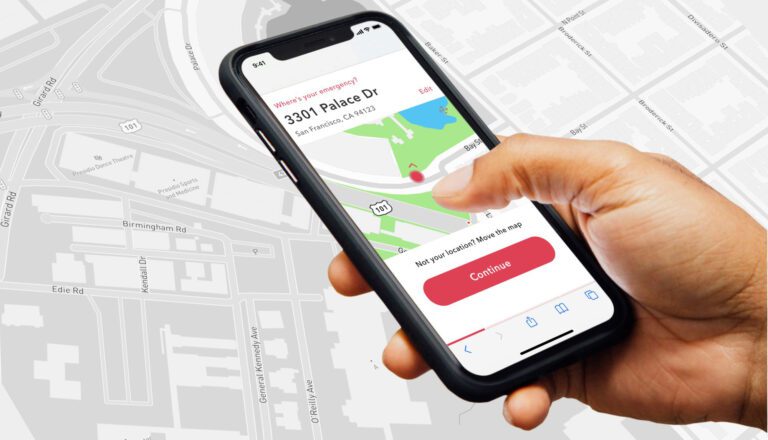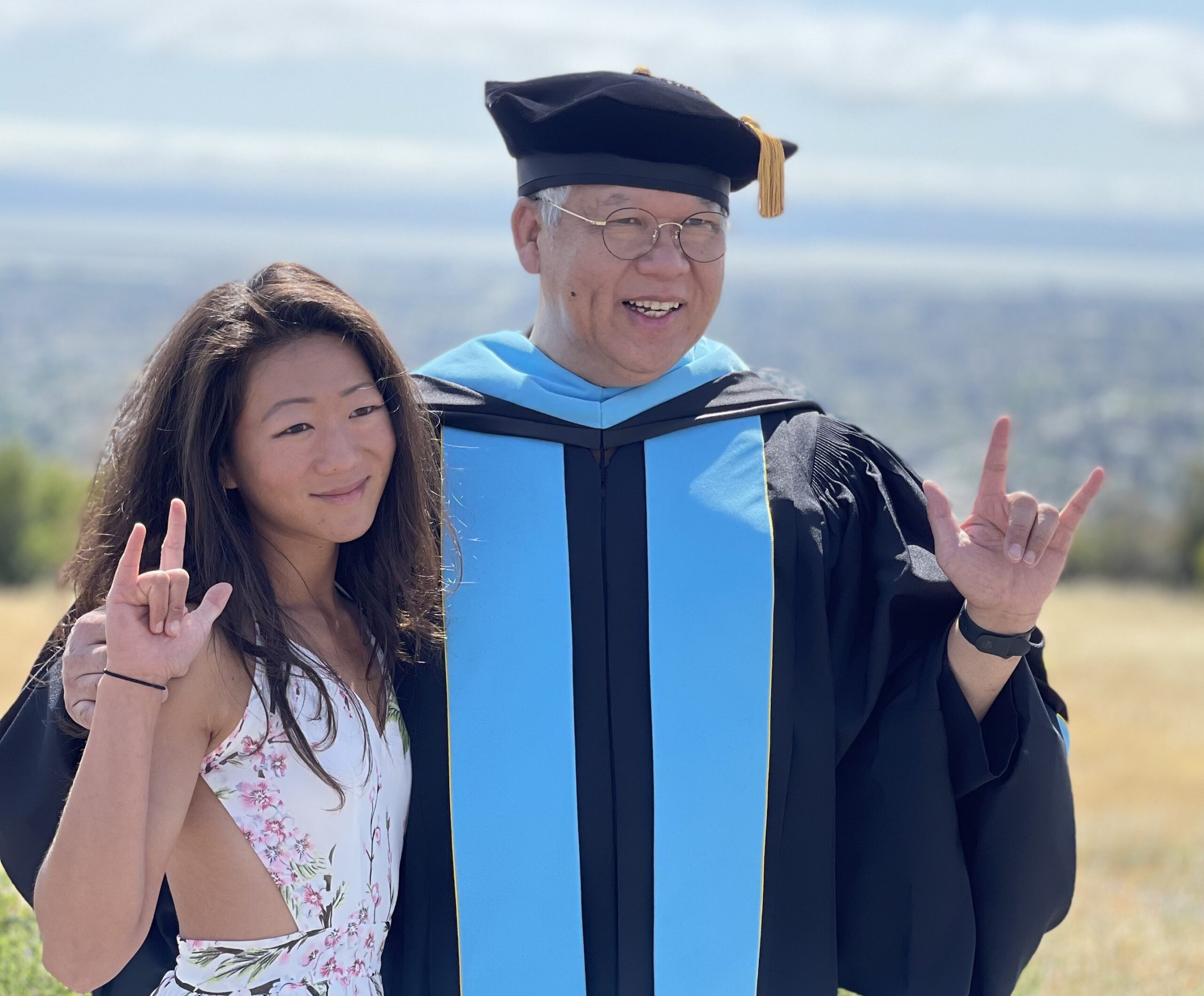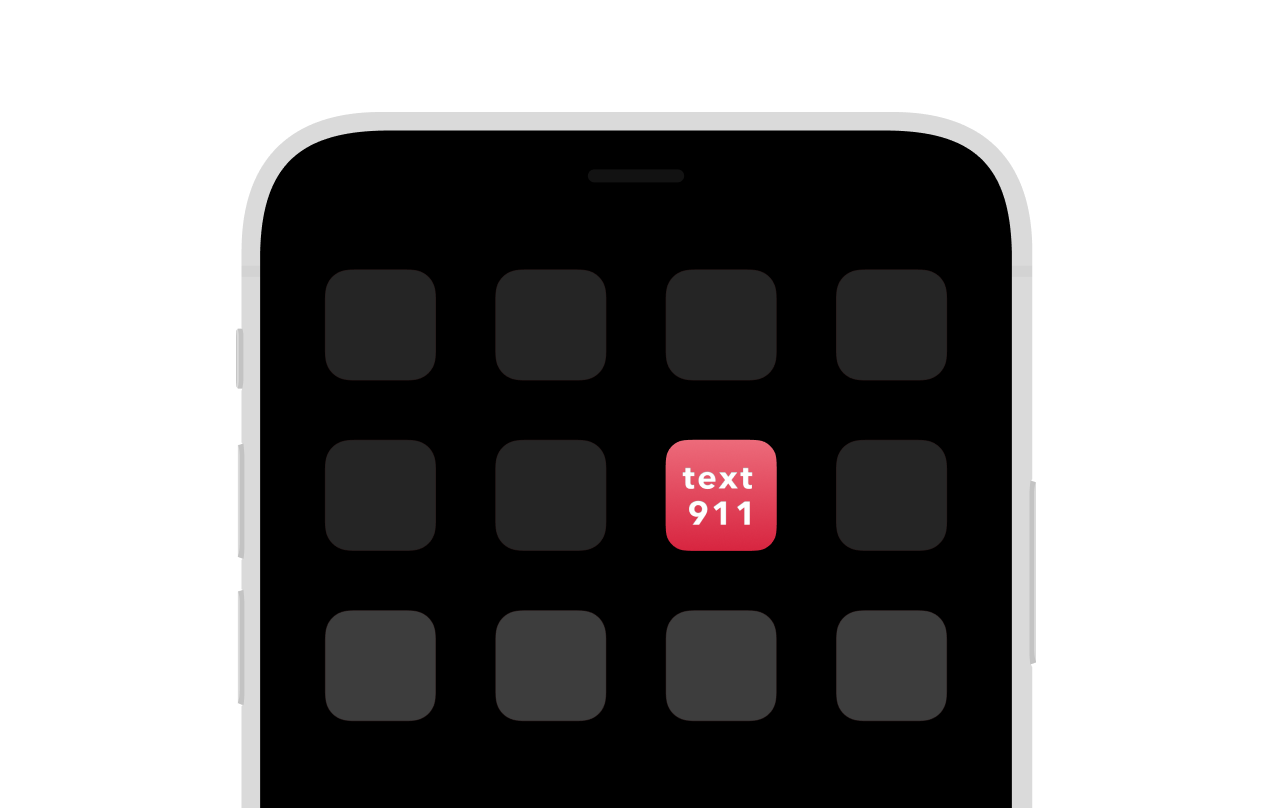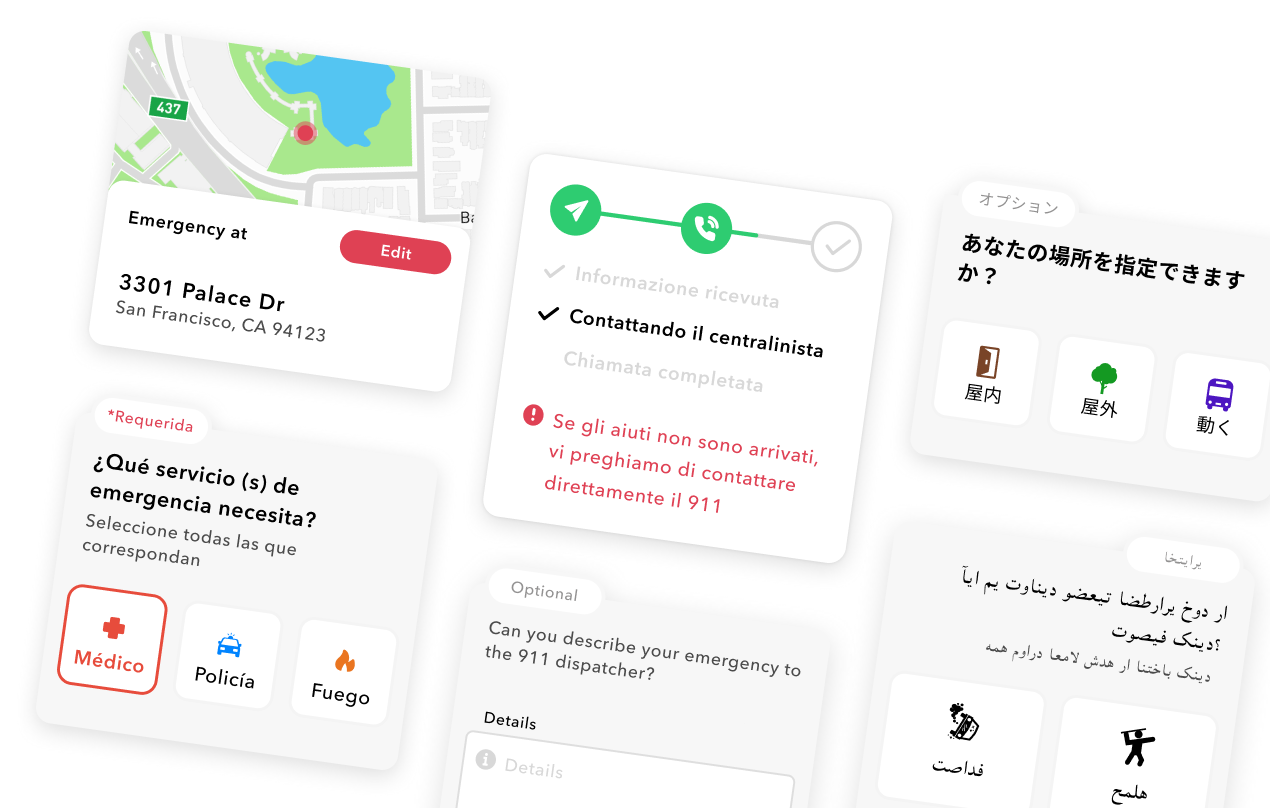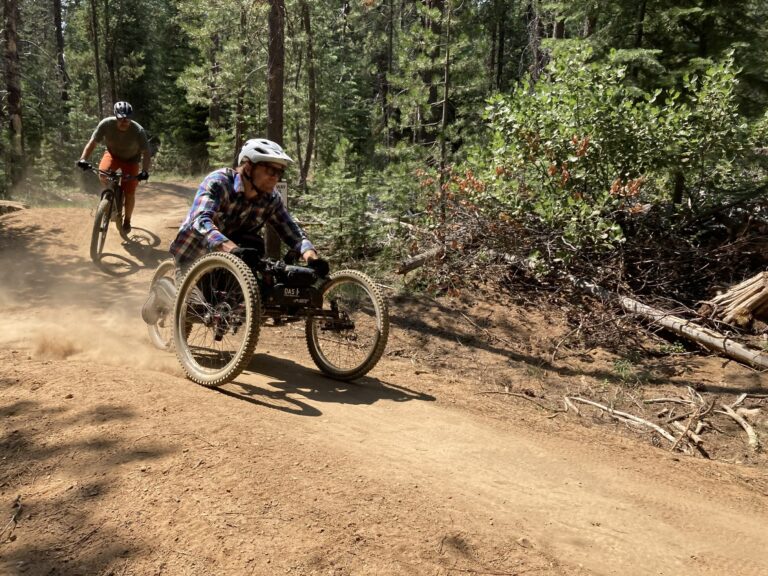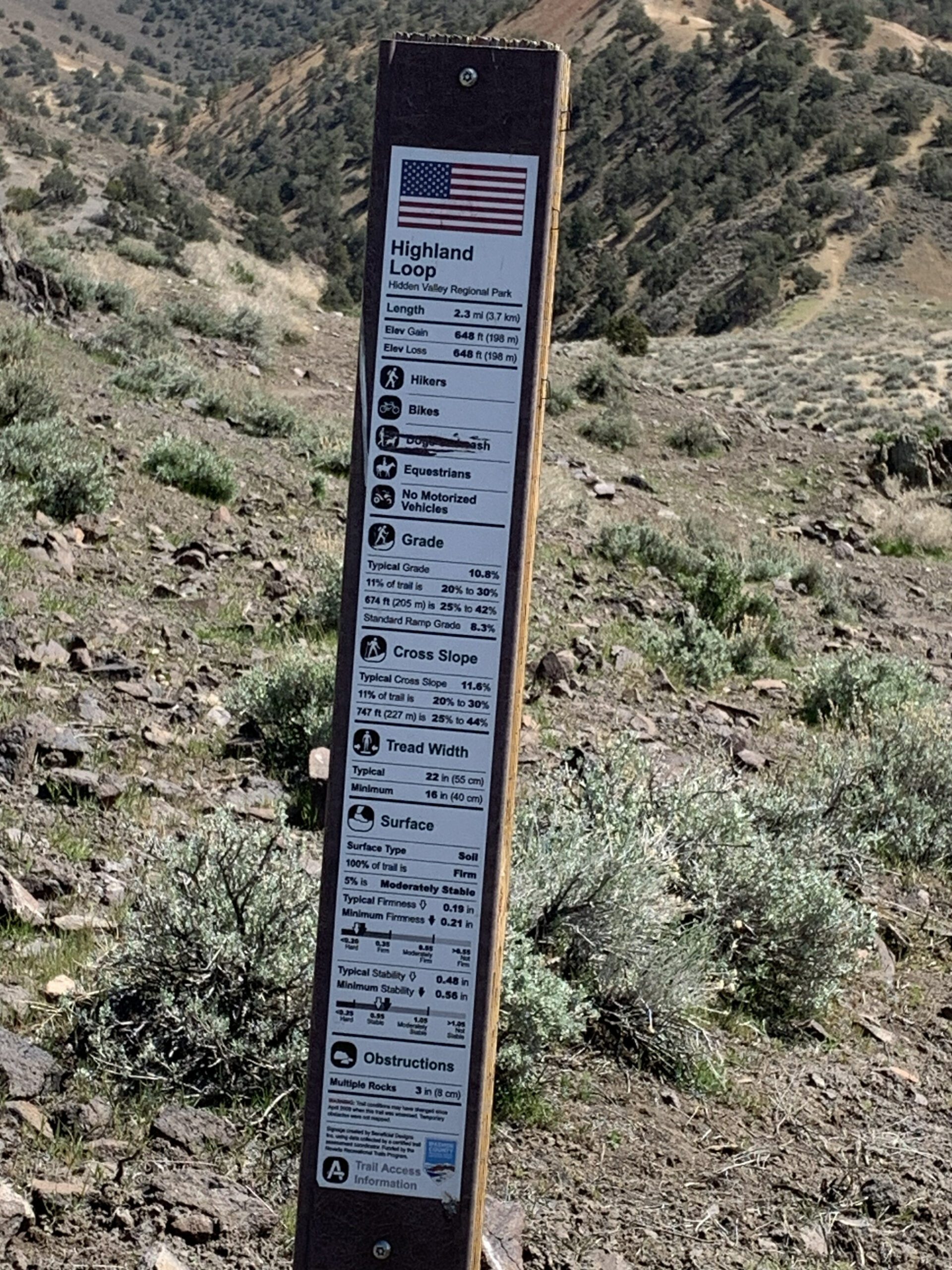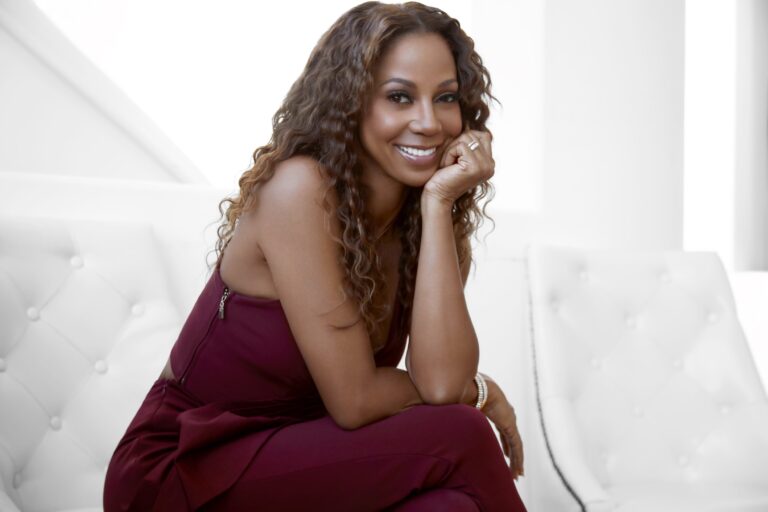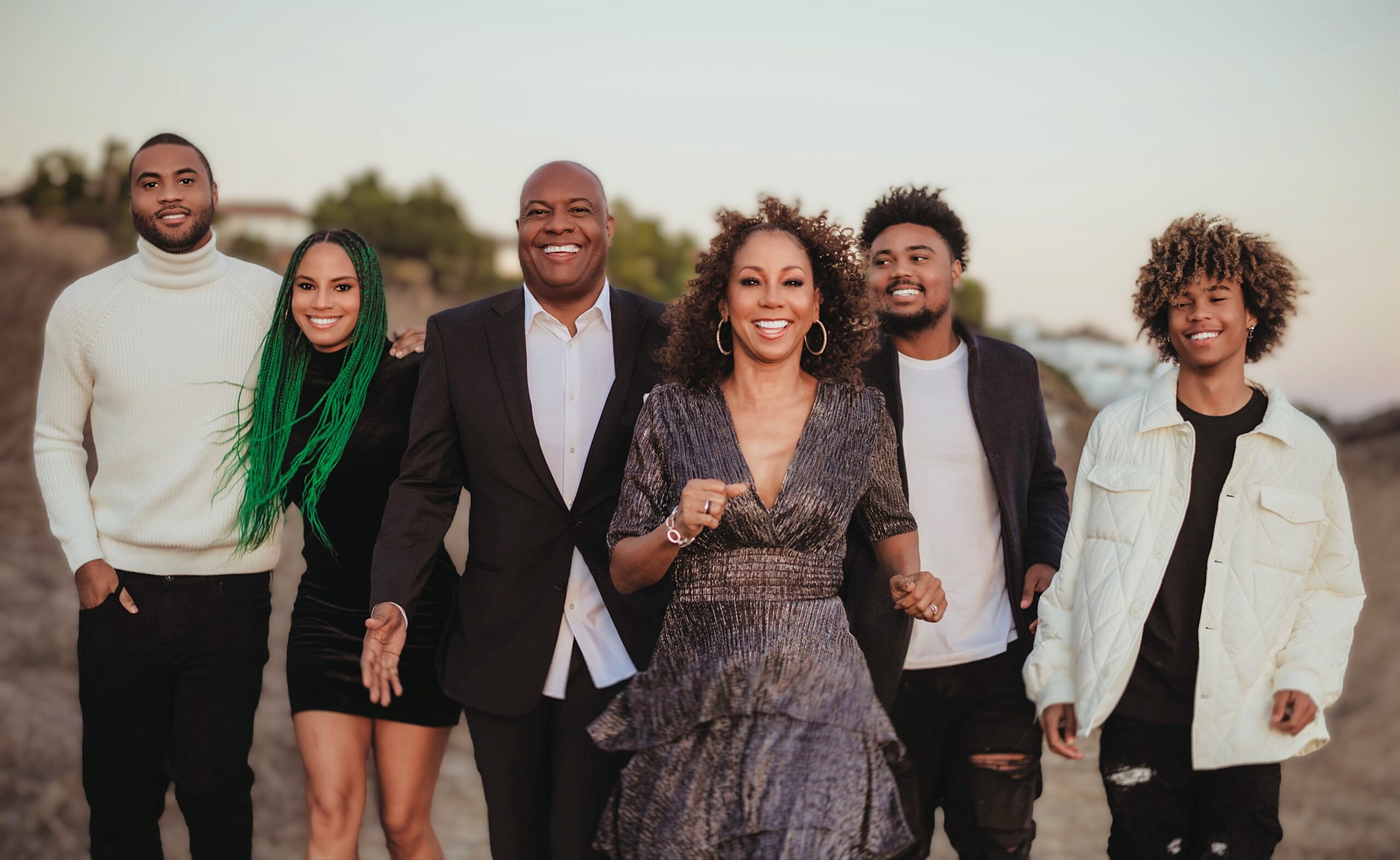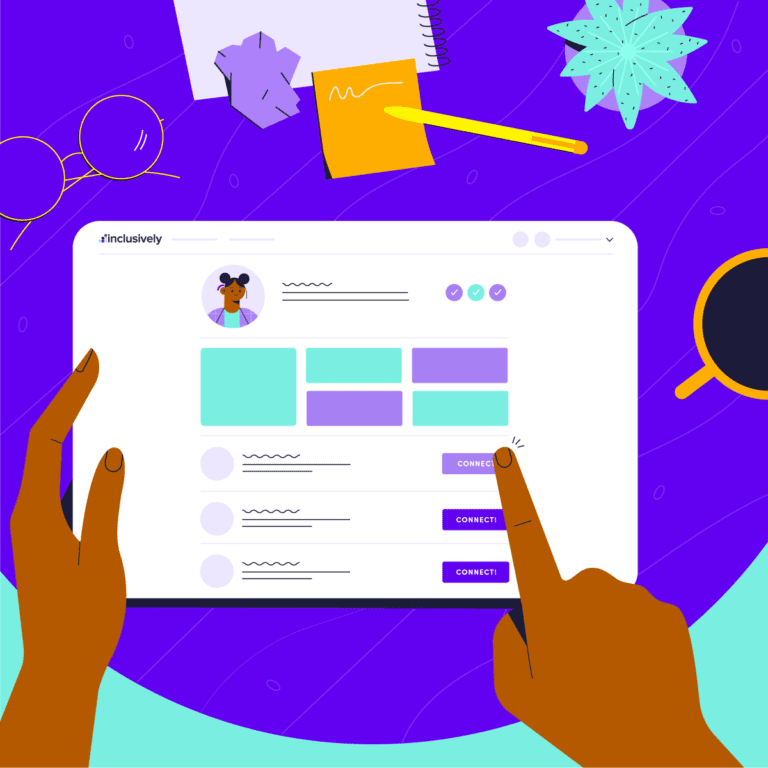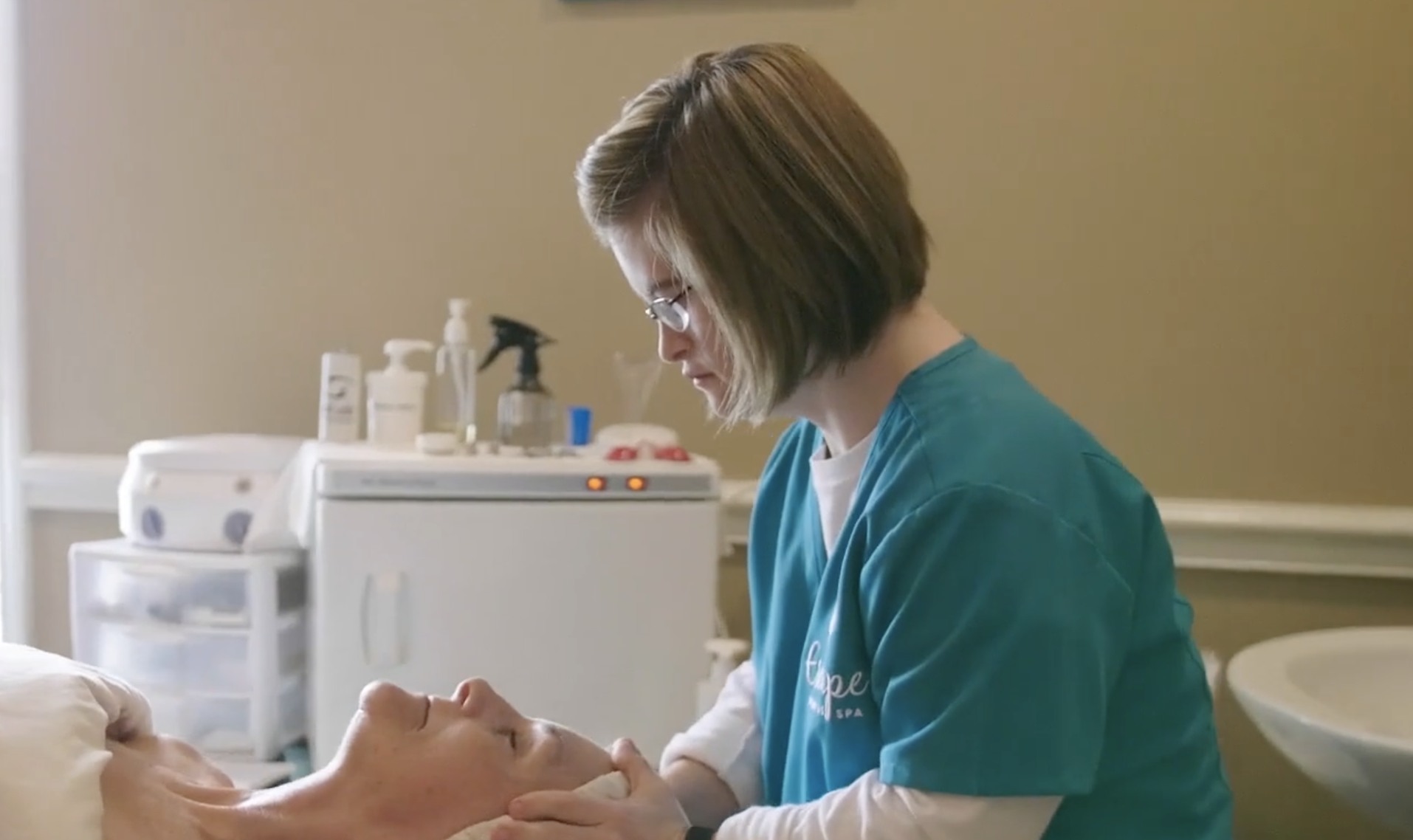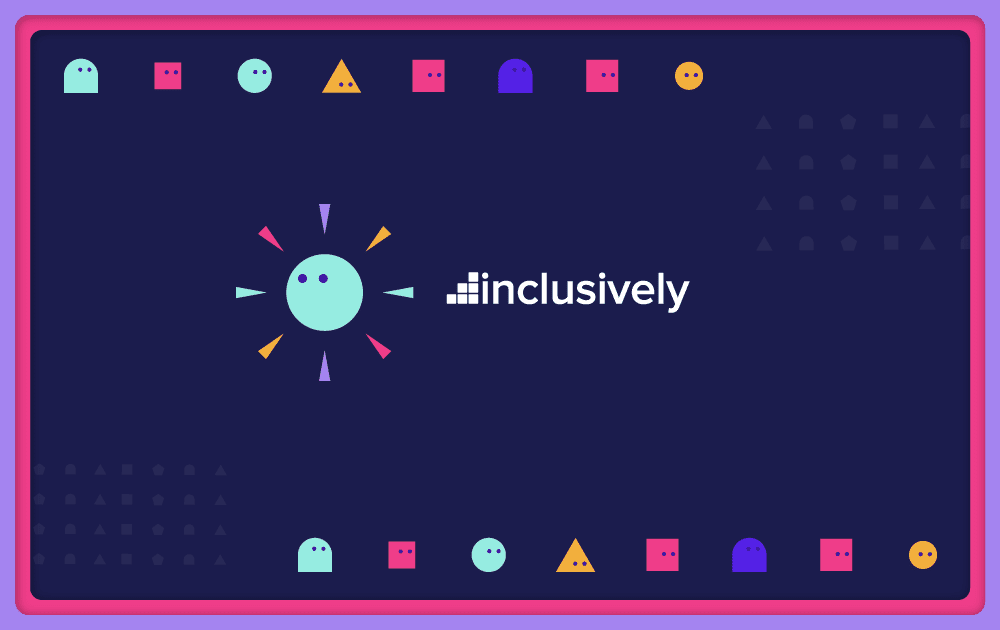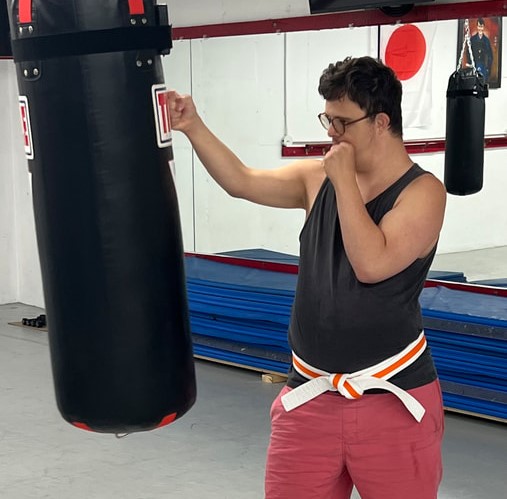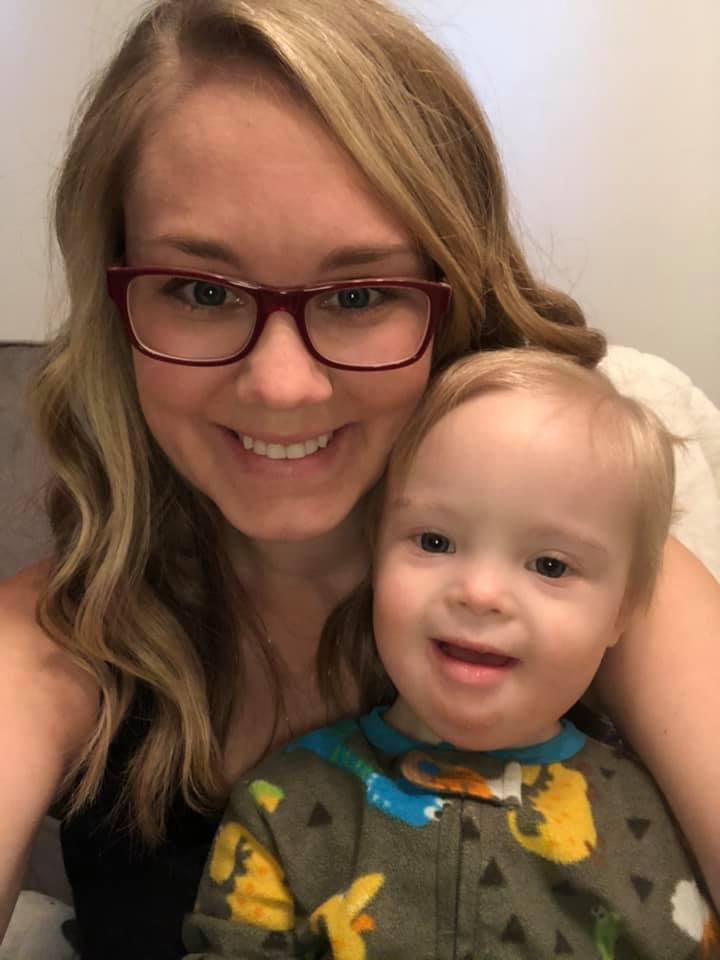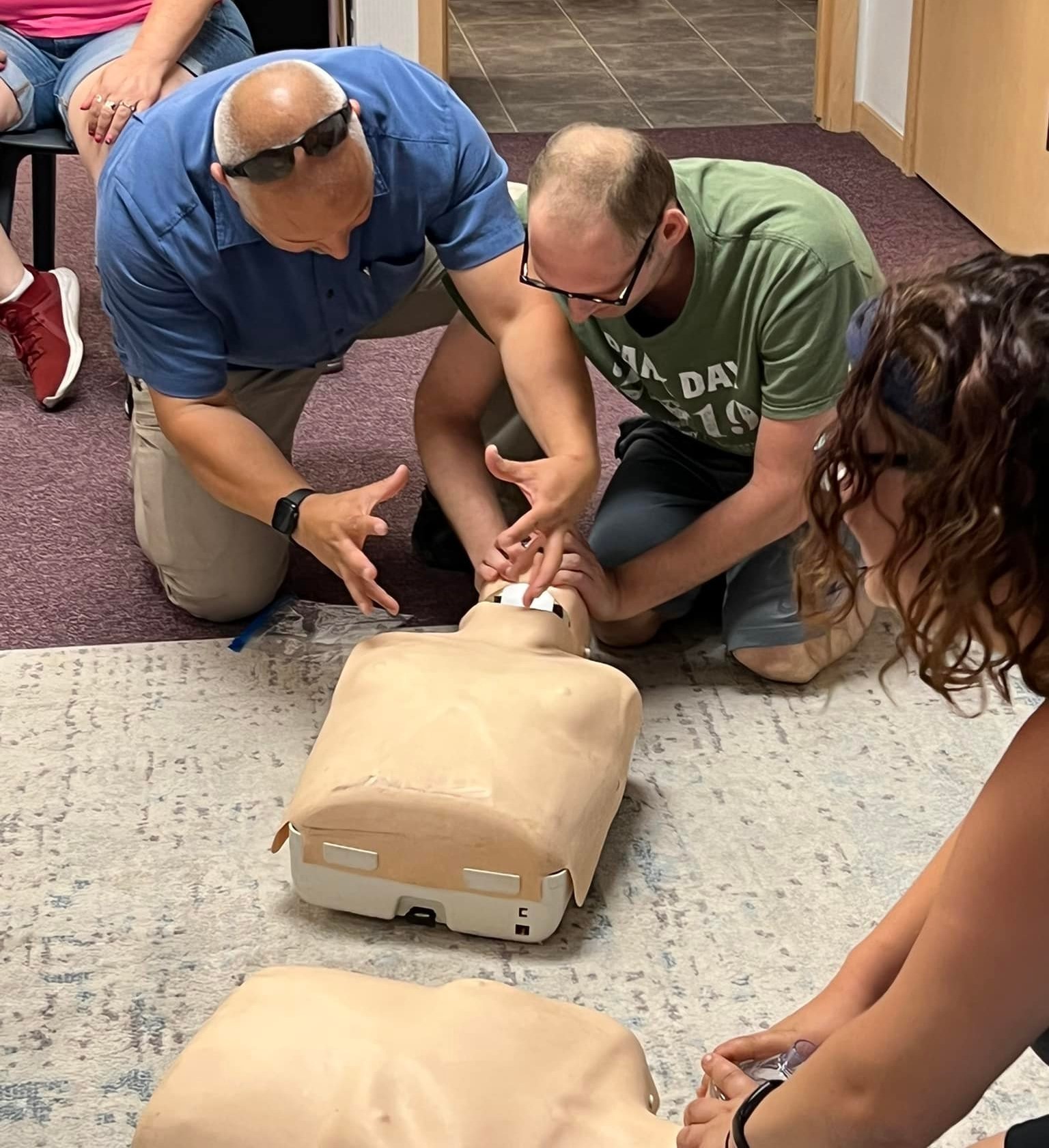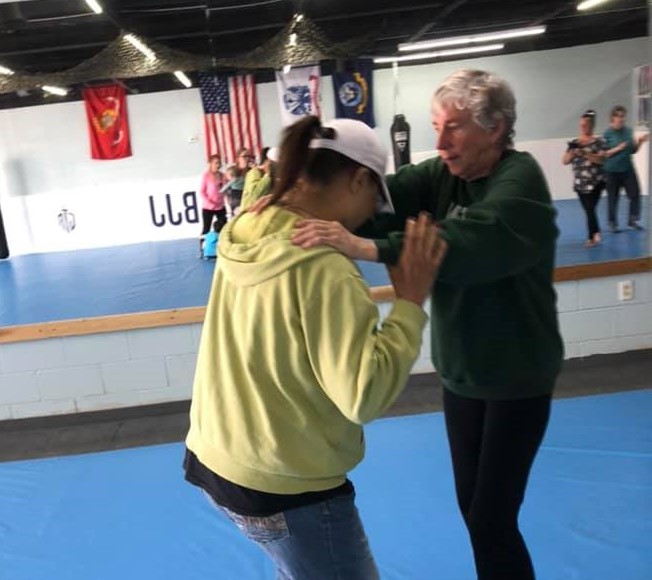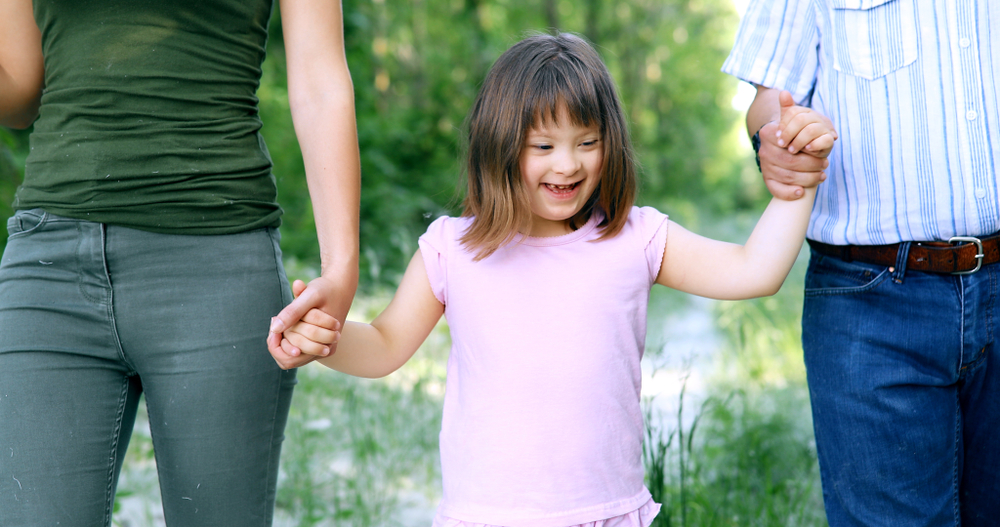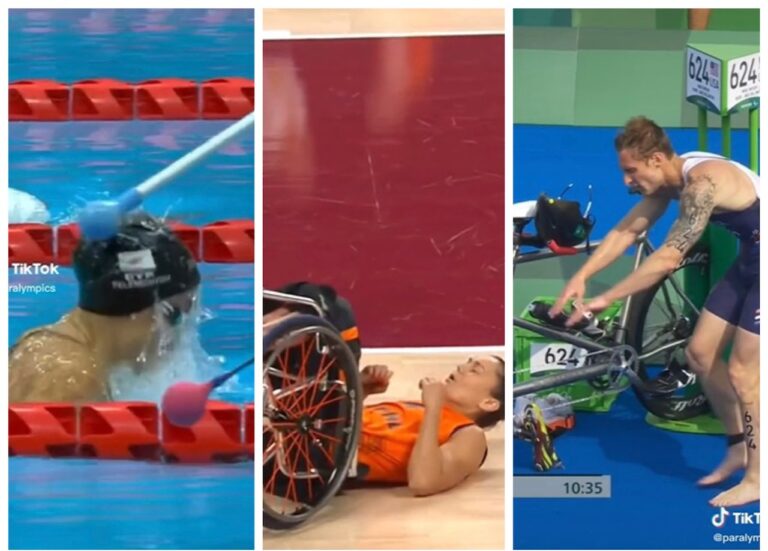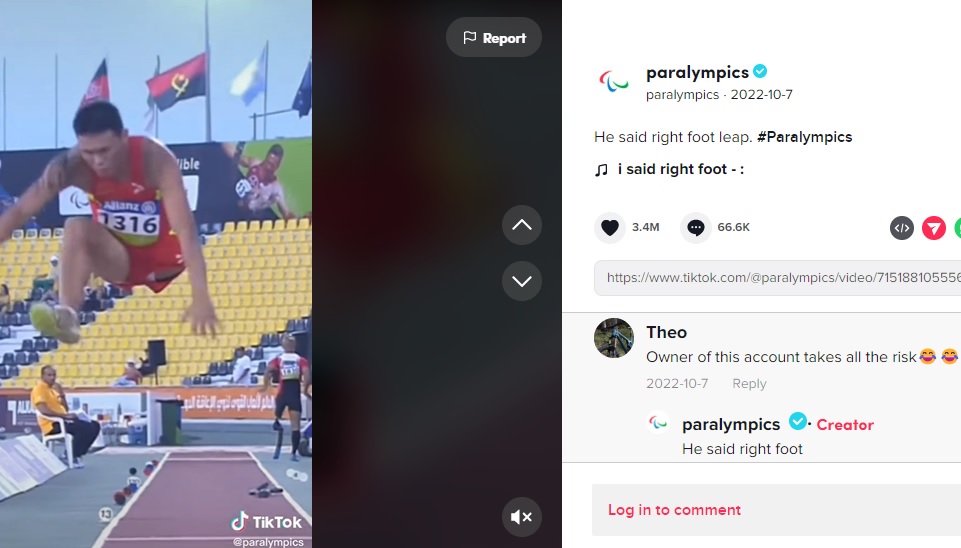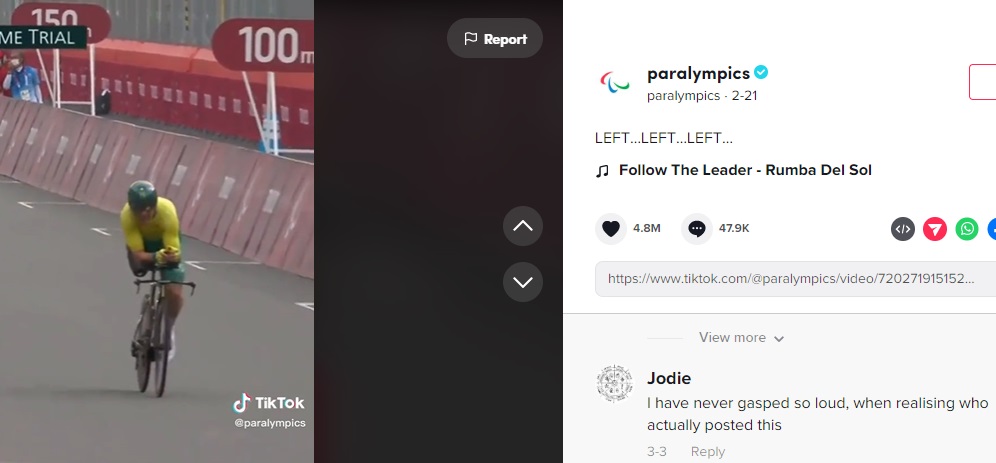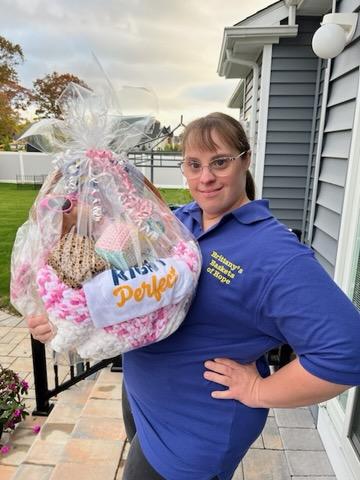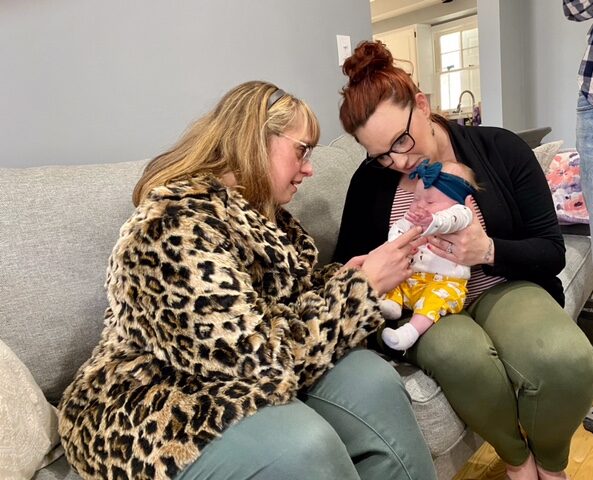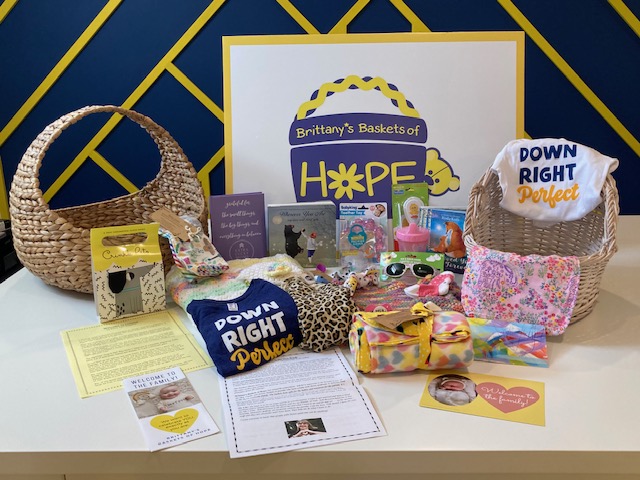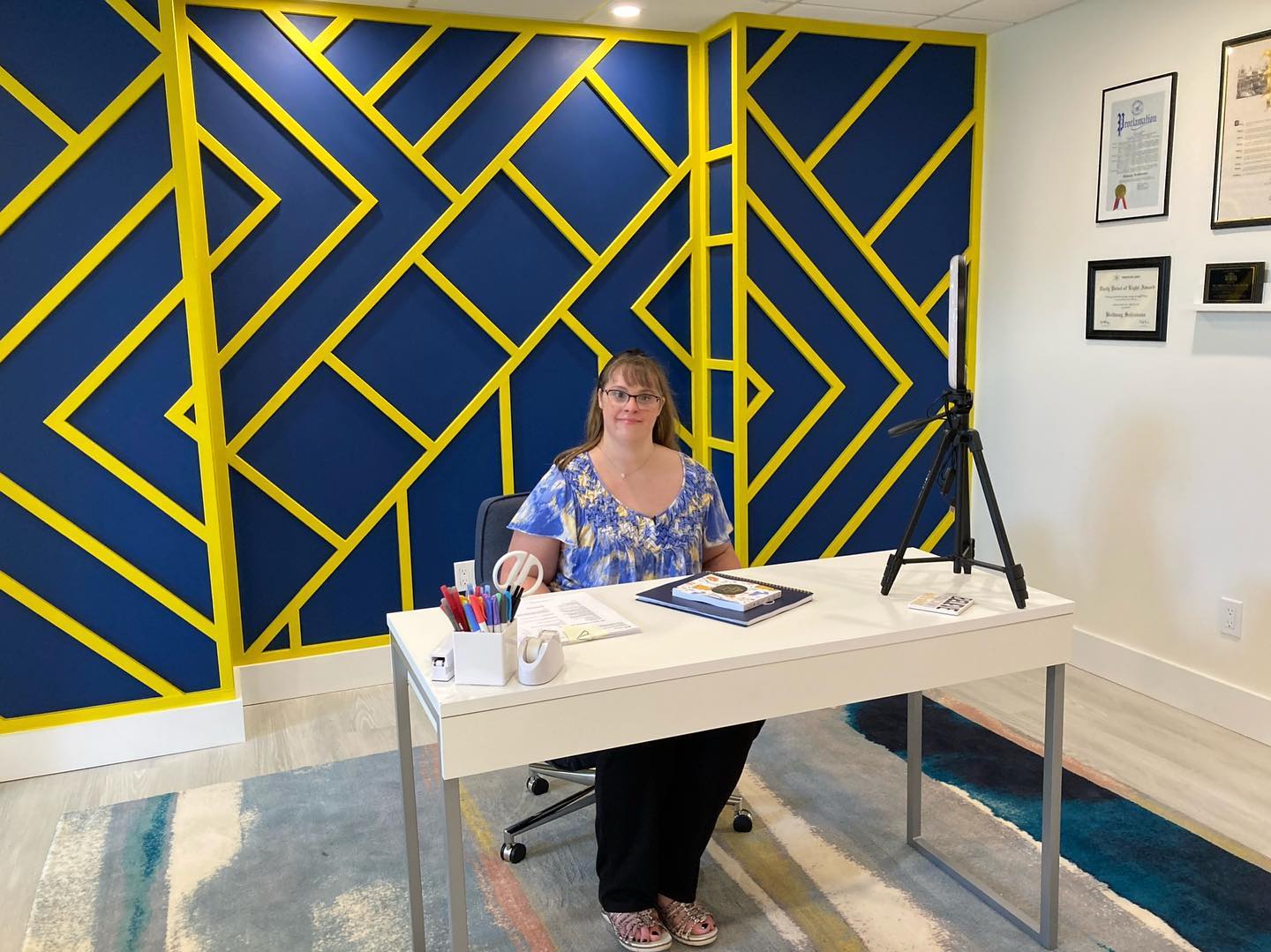With 825 miles of sandy coastline overlooking the Atlantic Ocean, the Gulf of Mexico and the Straits of Florida, the Sunshine State is home to some of the best beaches. Many are great for families, dog owners, surfers and seashell collectors; but where can one find an accessible beach in Florida?
Well, four beach destinations peppered throughout the Florida Panhandle just got more inclusive thanks to a $27,630 grant presented to the Florida State Parks Foundation by the St. Joe Community Foundation. The funding, awarded in May 2023, allows for the purchase and installation of new mobility mats and rollers for Deer Lake State Park, Grayton Beach State Park and Topsail Hill Preserve State Park, all in Santa Rosa, as well as St. Andrews State Park in Panama City.
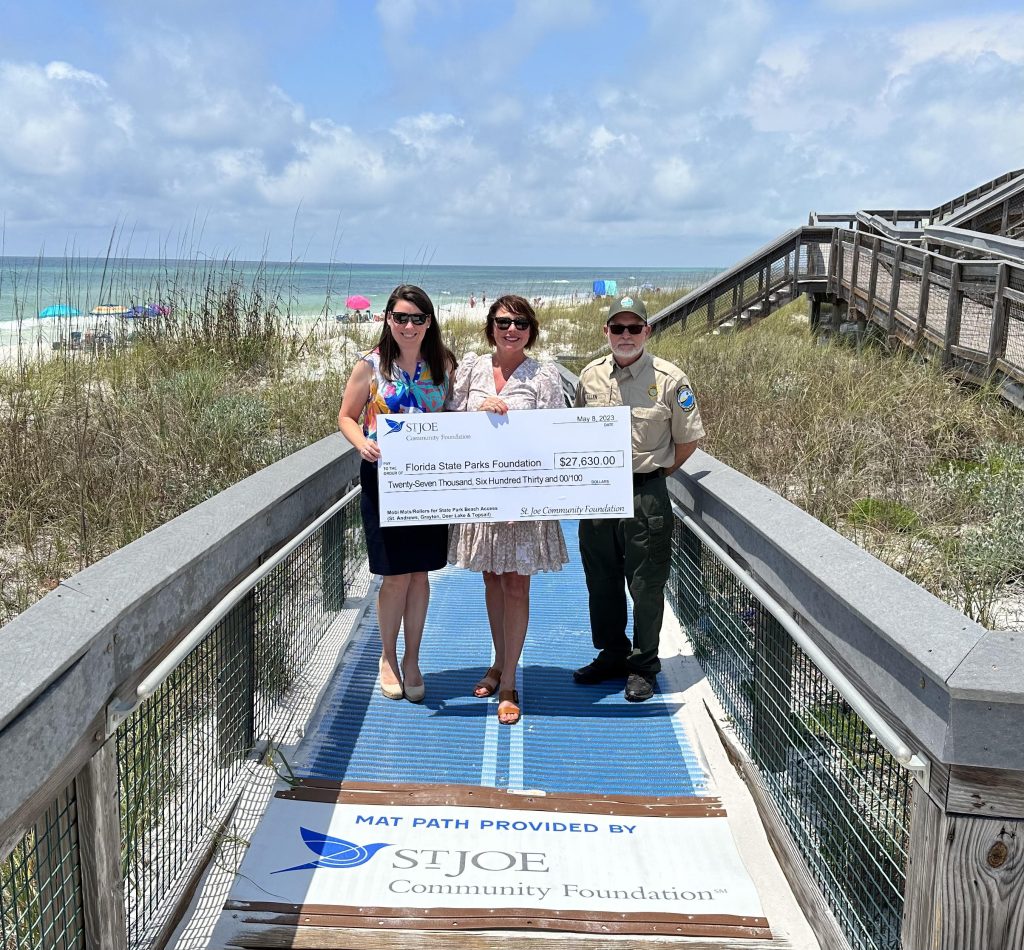
These four accessible beach locations will be outfitted with Mobi-mats, which are made from recycled materials and are designed to make uneven terrain easier to navigate for people with disabilities, people who use mobility devices and/or anyone who has difficulty walking on sand (even strollers). According to the Florida State Parks Foundation, the mats’ accompanying rollers will allow park staff to position and, when necessary, temporarily remove the new pathways.
“Providing access for all is one of the most important aspects of our mission,” said Julia Woodward, CEO of Florida State Parks Foundation. “Some of the world’s best beaches are found within Florida’s state parks, and we want everyone to be able to experience and enjoy them.”
The Florida State Parks Foundation has prioritized accessibility since launching its Access for All campaign in 2012. The effort has bolstered beach and trail-accessible wheelchairs, floating wheelchairs and trams at several parks, as well as an accessible fishing pier at Oscar Scherer State Park in Osprey and the first-ever accessible glass-bottom boat at Silver Springs State Park in Silver Springs. In 2021, the St. Joe Community Foundation awarded a grant of $30,000 for an 11-person, accessible electric tram at Topsail Hill Preserve State Park, which is another Santa Rosa site.
“Everyone should have an opportunity to experience Florida’s white sand beaches,” said Chuck Hatcher, director of Florida State Parks. “We appreciate the efforts of the St. Joe Community Foundation and Florida State Parks Foundation to expand accessibility at these four parks.”
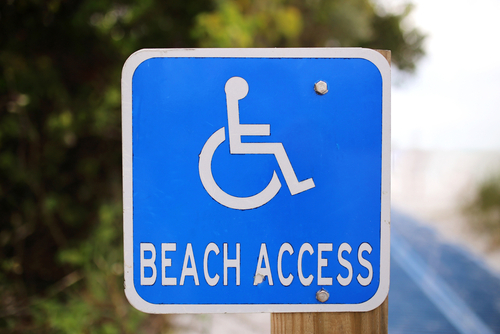
And, of course, some parks offer inclusive amenities beyond beach access. For example, aside from a mile and a half of beach at St. Andrews State Park in Panama City, it has wheelchair access to the visitor’s center, elevated boardwalks to the beach and the jetty overlook, and access to fishing piers and scenic overlooks. Beach wheelchairs are available at the ranger station and service animals are welcome. Some local vendors, such as Beach Powered Mobility, conveniently help beachgoers with differing abilities by offering powered beach cruisers and/or regular beach wheelchairs with delivery service right to one’s vacation rental or resort.
Other Accessible Beaches in Florida
St. Pete & Clearwater
Visit St. Pete/Clearwater partnered with Beth Stombaugh, a beach lovin’ disability advocate, to compile a comprehensive guide to epic beach destinations on the West Coast of Florida. Aside from exploring Pier 60, Stombaugh says that tons of St. Pete/Clearwater beaches are well equipped for people with disabilities. Chair check-outs are available at Caladesi Island State Park, Clearwater Beach, Fort De Soto Park, Honeymoon Island State Park, Pass-a-Grille, Sand Key Park, Treasure Island Beach and Upham Beach.
Miami
On the beaches of Miami, including the world-famous South Beach, the Atlantic Ocean beautifully merges with the Caribbean Sea to create a water wonderland like none other. The city of Miami Beach outlines inclusive beach information, including where to locate access points. Manual and motorized wheelchairs are free of charge. The manual beach wheelchairs are permitted to enter the water so people of all abilities can enjoy a refreshing splash.
Miami Beach residents and visitors may want to schedule beach days around monthly events hosted by the Sabrina Cohen Foundation. This organization, founded by a spinal cord injury survivor, facilitates Adaptive Beach Days, an inclusive program that provides beach access to participate in adaptive activities, like aqua therapy, water sports and more fun.
Visit Florida also recommends two barrier island beaches within the area: Crandon Park Beach on Key Biscayne and Haulover Beach in Miami. Head to these spots when you’re ready to embrace island time!
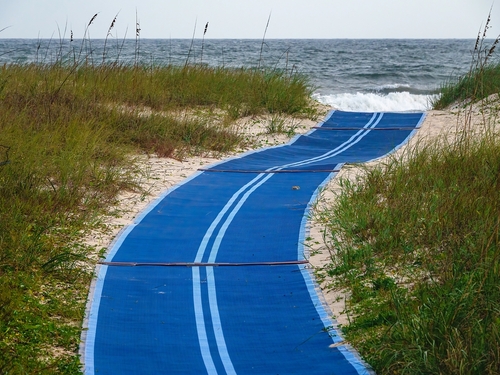
New Smyrna
Beachgoers of all abilities can cautiously drive on the wide, hard-packed sand of New Smyrna Beach and nearby Daytona Beach. Ellen Becker, a spinal cord injury survivor, explained her preference for New Smyrna in a Visit Florida testimonial video, stating, “It’s great to be able to drive down to the ocean, be able to get on hard solid sand where you can push around easier and just breathe it in and enjoy the view!”
Available on a first-come, first-serve basis, beach wheelchairs can be checked out at the lifeguard station on Flagler Avenue in New Smyrna Beach.
Smyrna Dunes Park features a two–mile long scenic, wheelchair-accessible boardwalk – perfect for watching the sunrise. Plus, there’s a 300-foot, accessible fishing pier for “reel” good fun.
Pensacola
According to Visit Pensacola, the area’s sugar-white sand and picturesque water are accessible to all thanks to the installment of Mobi-mats. The beaches of this Westernmost city in the Panhandle have five Mobi-mats to provide better access for wheelchair users and pedestrians with differing abilities. Plus, beach wheelchairs, both electric and traditional, are available for rent along Pensacola Beach, such as from Access Mobility of Pensacola.
Also Try:
- Amelia Island
- Fort Lauderdale
- Key Largo




